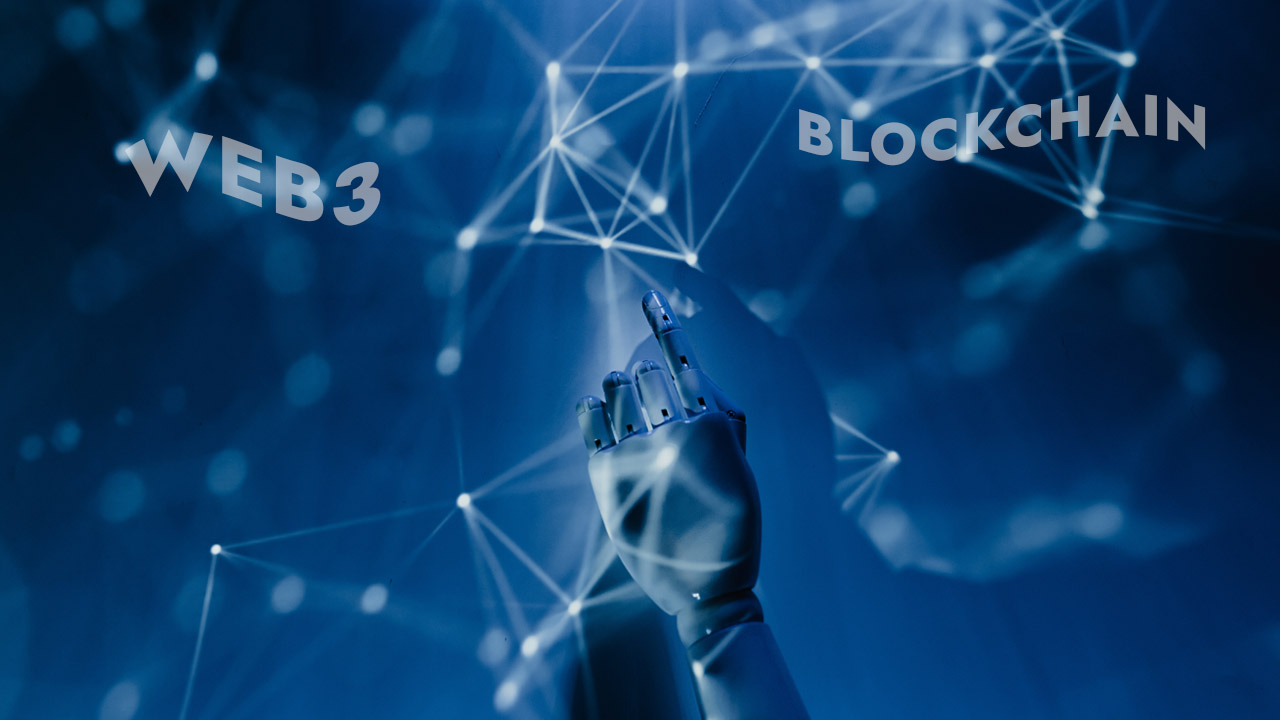The internet has undergone multiple transformations from static Web1 pages to interactive Web2 platforms. Now, with Web3, we stand at the edge of a revolution powered by blockchain technology.
Web3 doesn’t just change how the internet works; it redefines how value is created, shared, and governed online.
A New Foundation: Blockchain as the Infrastructure of Trust
At the heart of Web3 is blockchain a decentralized, tamper-proof ledger that records transactions across a distributed network.
Rather than relying on a central authority or tech giant, businesses can now build trust through transparency, where every transaction is verifiable and every rule is coded.
Code That Executes Itself: The Power of Smart Contracts
Smart contracts are one of Web3’s most disruptive tools. These are automated agreements that enforce themselves based on pre-set conditions.
They’re transforming how businesses:
- Deliver services
- Distribute payments
- Verify actions
- Secure digital rights
Smart contracts bring efficiency, fairness, and speed to digital transactions, minimizing the need for intermediaries.
Collective Intelligence: DAOs Are the New Digital Enterprises
Web3 introduces Decentralized Autonomous Organizations (DAOs) community-led groups that operate without traditional management.
In DAOs, token holders vote on decisions, enabling:
- Transparent governance
- Global collaboration
- Democratized innovation
This is changing how digital communities fund, build, and scale projects together.
Beyond Currency: Tokens as Tools of Engagement and Ownership
Tokens are not just for trading they’re the backbone of Web3’s incentive structures. Businesses use them to:
- Grant access to premium content
- Reward active users
- Enable crowd ownership
- Create in-platform economies
Whether through utility tokens or NFTs, Web3 enables models where users become stakeholders, not just consumers.
Decentralized Apps: Rethinking the Digital Experience
dApps (Decentralized Applications) are Web3’s answer to the centralized apps of today. Built on blockchain, these applications:
- Cannot be censored or shut down
- Operate without central servers
- Are open-source and community-led
Industries like finance (DeFi), gaming, social media, and e-commerce are already seeing major disruptions through dApps.
Data in Your Hands: Web3’s User-Centric Privacy Model
Web3 reverses the exploitative data practices of Web2. Instead of users giving up their data for free, Web3 lets them own, protect, and monetize their digital identity.
Features include:
- Decentralized IDs (DIDs)
- Private key encryption
- Consent-based sharing
This new model builds platforms on trust, ethics, and user control.
Still Evolving: Web3’s Growing Pains
Web3 is promising but not yet perfect. Key challenges include:
- Difficult onboarding for new users
- Scalability limitations on older chains
- Security risks with buggy smart contracts
- Regulatory uncertainty across countries
Despite these, the pace of innovation and adoption continues to accelerate.
A New Digital Future: Business Without Borders or Bosses
Web3 offers more than a tech upgrade it offers a philosophical shift. It empowers entrepreneurs to build open, resilient, and participatory digital businesses, breaking free from centralized control.
As this new ecosystem grows, those who embrace decentralization early will shape the future of how we work, trade, and connect online.


